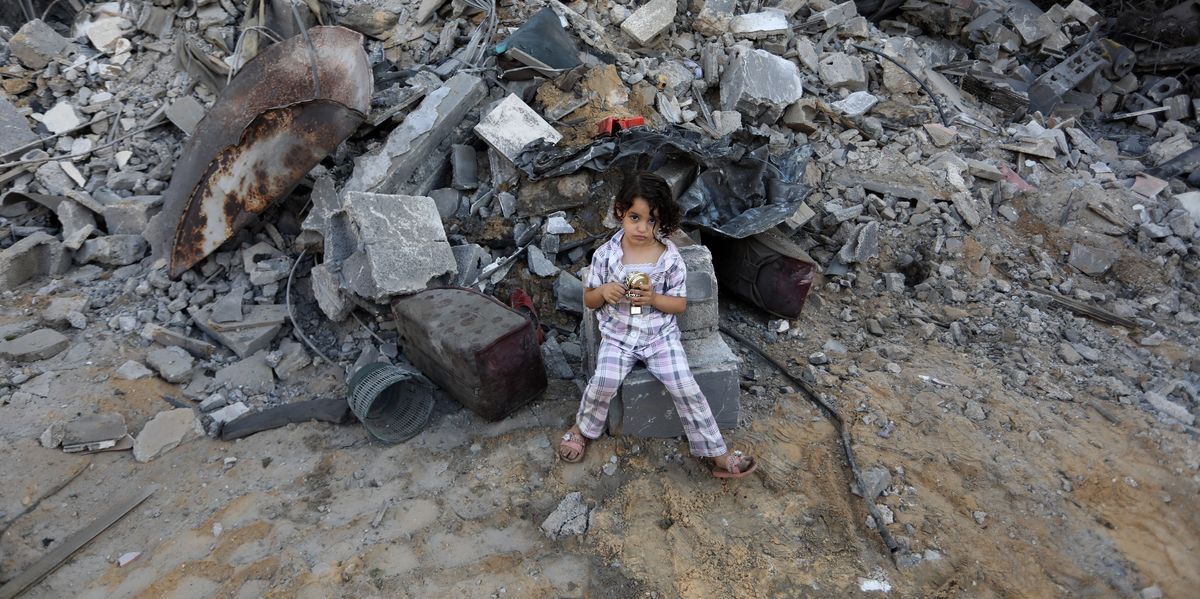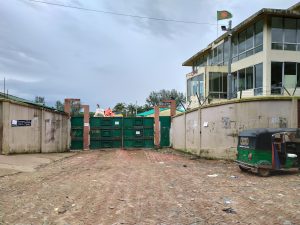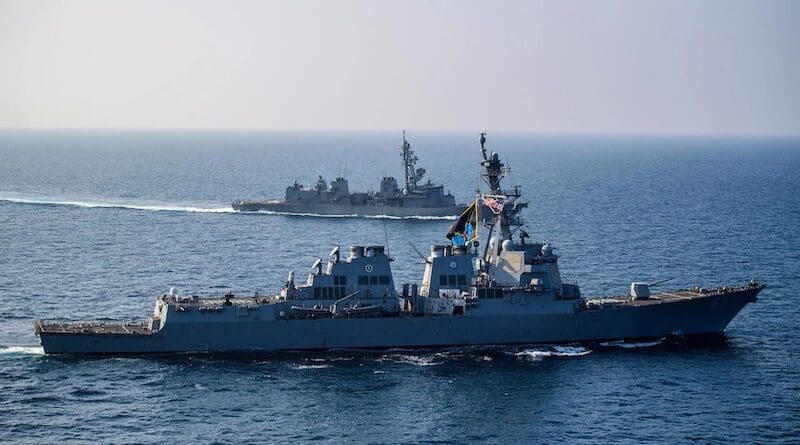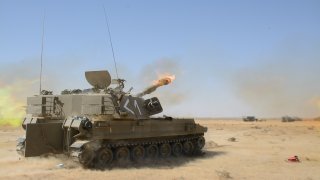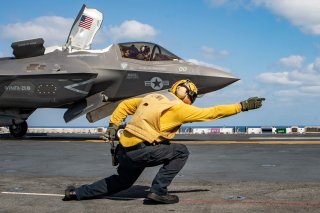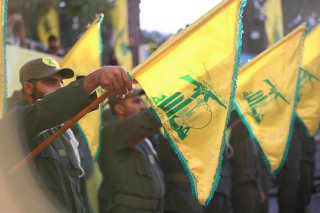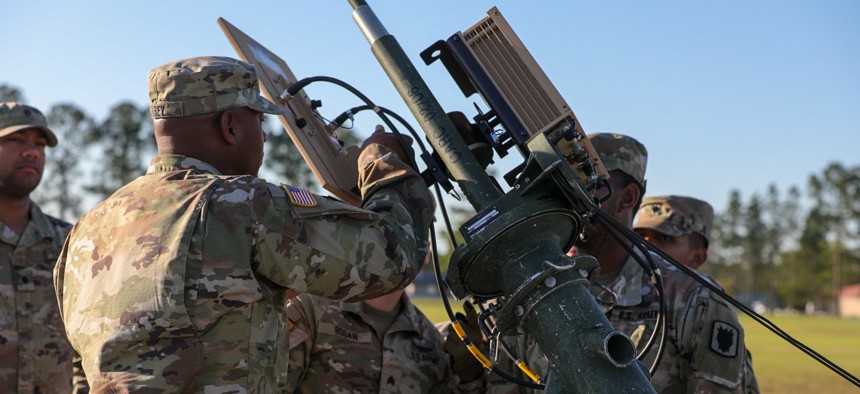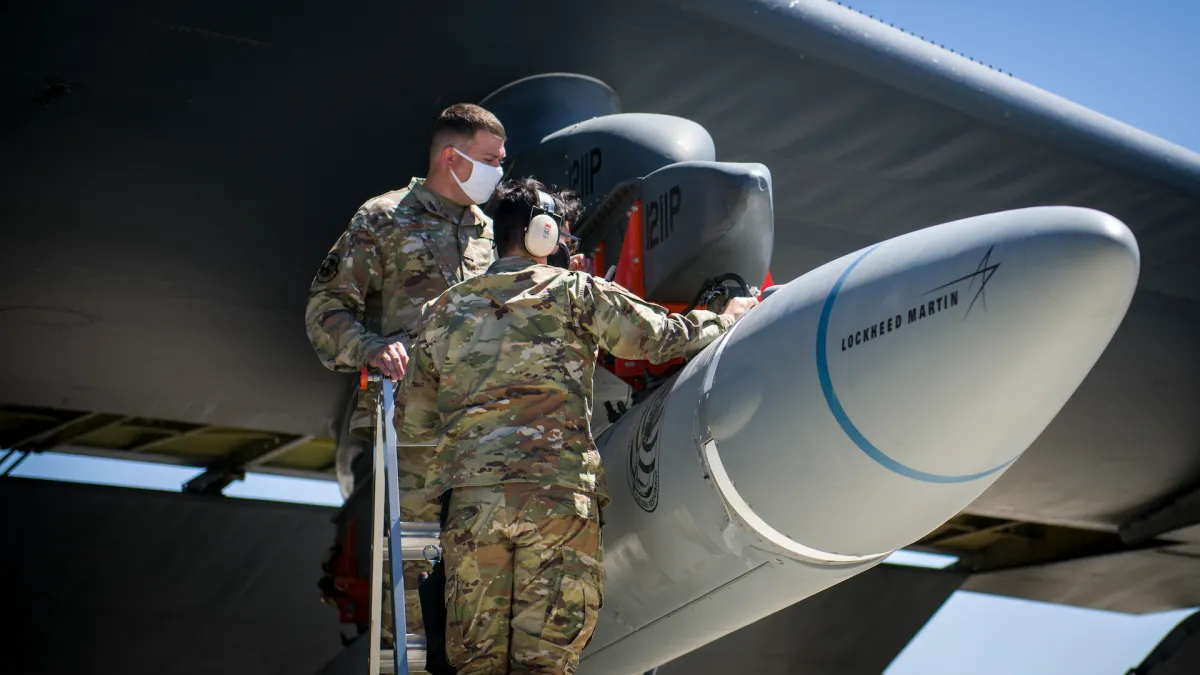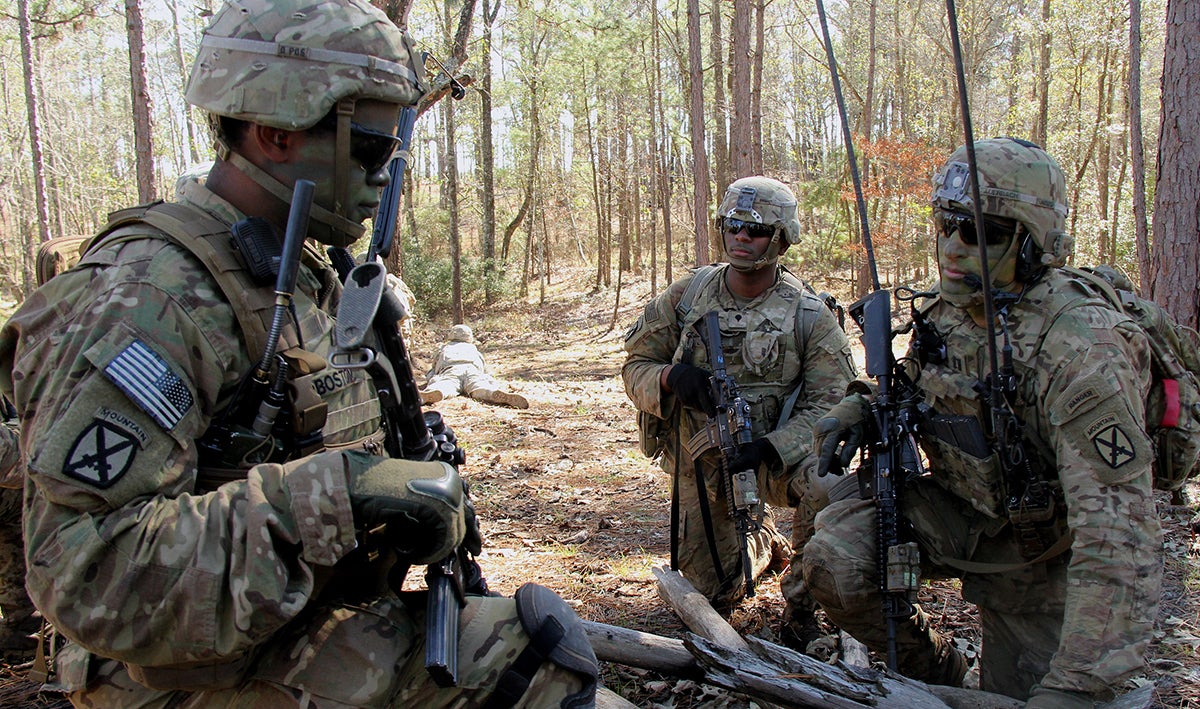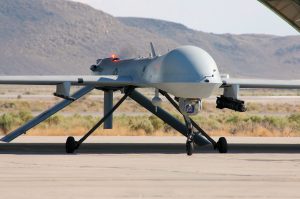Gelet Martínez Fragela

Anew educational campaign launched earlier this month is aiming to raise awareness about the importance of getting rid of Hamas so the Palestinian people can build a peaceful and successful future.
‘Free Gazans,’ a U.S. based organization represented by spokesperson David Grasso reports the reality of how Hamas has negatively impacted the Palestinian People on its website, www.freegazans.com.
“We call upon the global community, human rights organizations, and all advocates for justice to take a closer look at the internal strife and struggle of the Gazans,” the campaign website reads on a page requesting signatures for a petition to stand with Gazans against terrorism.
While many activists have called for an unconditional cease fire, those behind the “Free Gazans” campaign are illuminating the importance of getting rid of Hamas and making sure that international aid gets directly to the hands of Gazans instead of being misused by terrorists.
Over 1,400 individuals were killed and 240 were kidnapped during a series of Hamas attacks launched from Gaza against Israel on Oct. 7.
The tragic event led to the most recent escalation amid the ongoing tension between the terror group and Israel. Reports have indicated the attack resulted in the murder of more Jews than any other attack since the Nazi Holocaust in the 1940s.
The founders of ‘Free Gazans’ say their objective is to help promote peace by connecting with Palestinians and shining a light on the suffering they have endured as the result of being forced to live under the rule of a terrorist organization that has hijacked their government.


